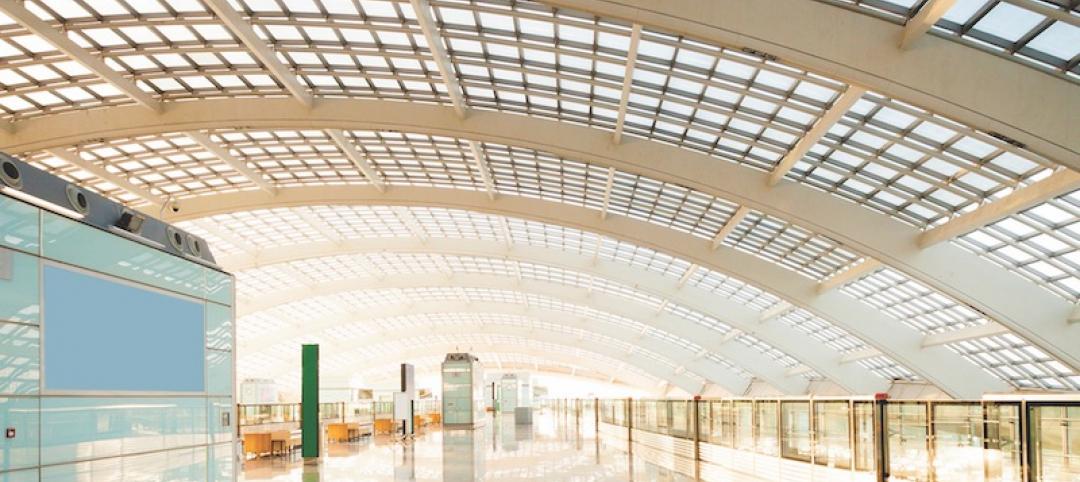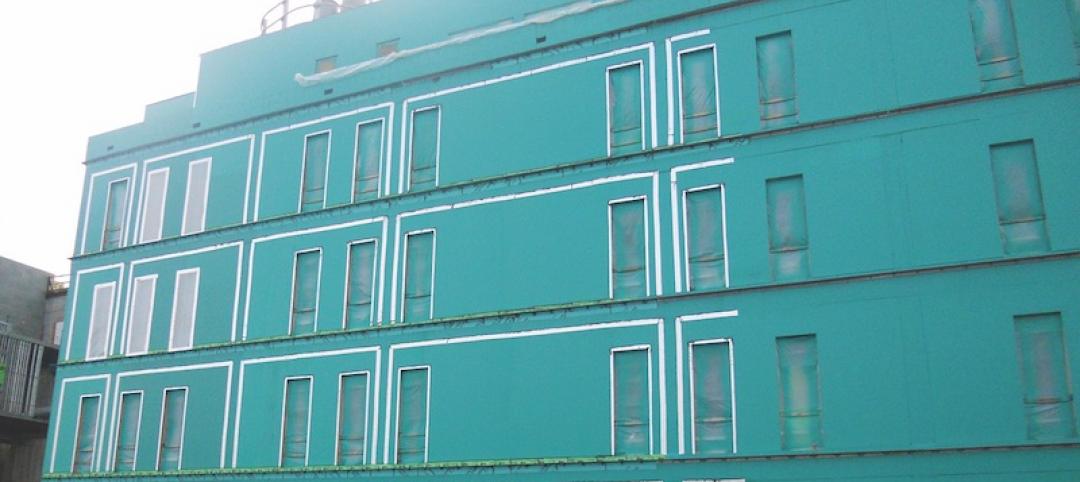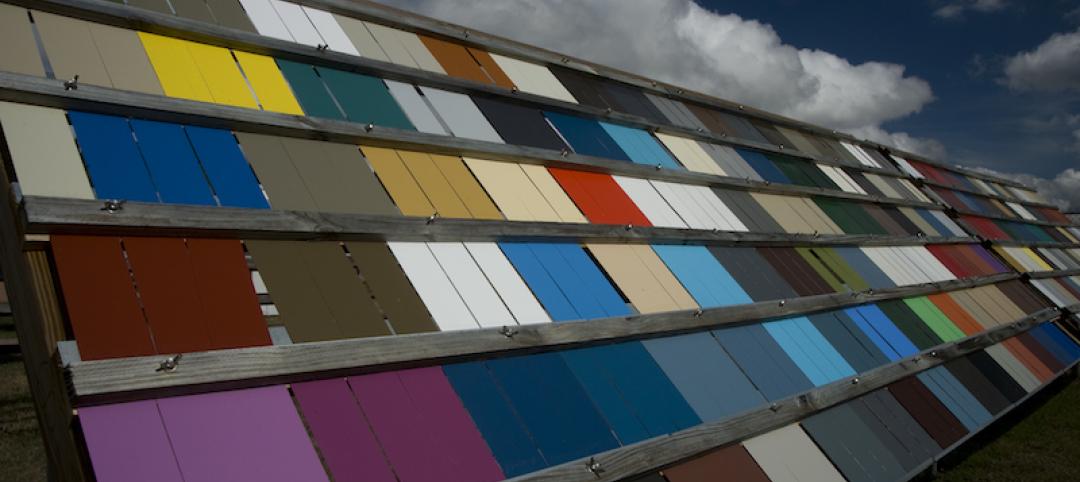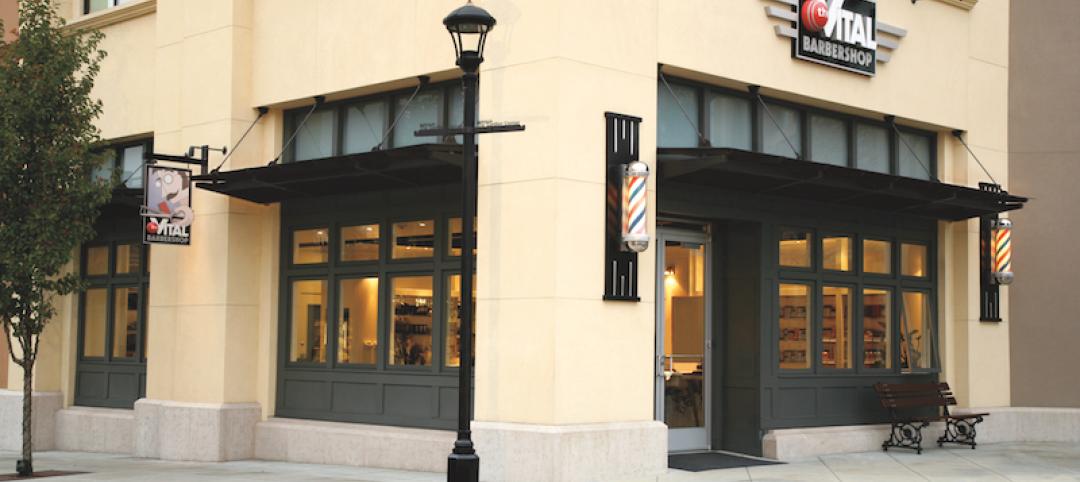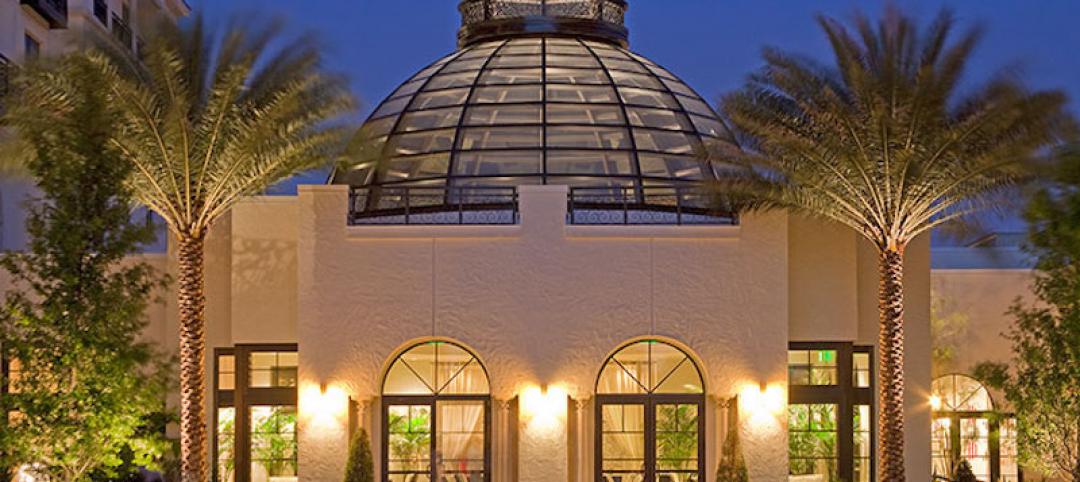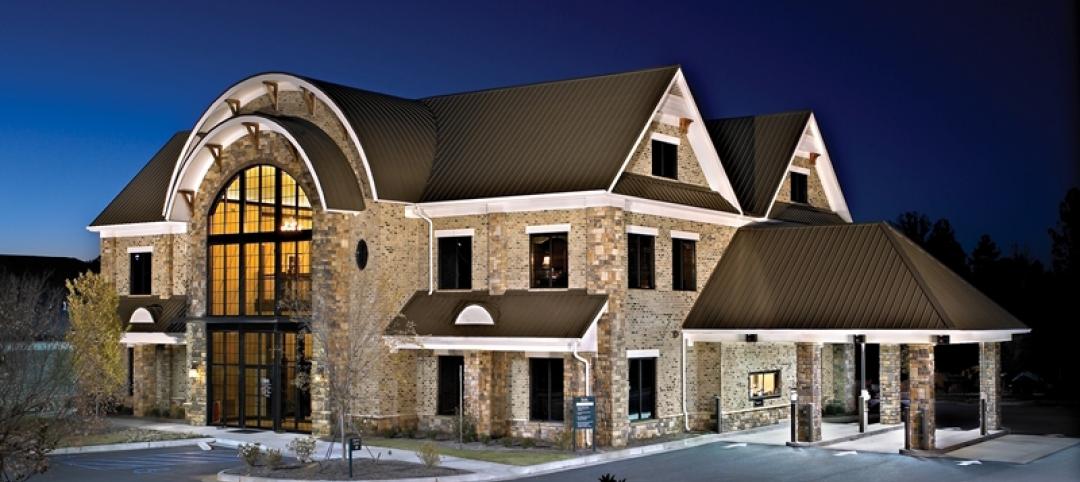The rapid pace of development of improved liquid-applied materials and finishes has given Building Teams new options. These sprayable, paintable, or “gunnable” products can add performance and sustainability benefits and reach new levels of resiliency and durability. Architectural finishes from the paints, coatings, and sealants developed with nano-enhanced substances include site- and factory-applied coatings for structural concrete, steel, metal panels, aluminum frames, and other specialty metals.
Fortified with nanoparticles, these assemblies are often stronger, more durable, more resistant to fire, and easier to clean than traditional product, according to the science blog Nanowerk (www.nanowerk.com). Some formulas with low or zero volatile organic compound (VOC) content have proven to be more resilient and stronger than their predecessors. In the case of masonry and concrete, the substances improve flowability and compacting--traits that improve the application of sealers and decorative finishes.
After reading this article, you should be able to:
- Discuss the key issues related to coating, paint, and sealant specification, including sustainability and air quality considerations.
- Describe how green standards, guide specifications and life cycle assessments, and environmental product declarations are used in the context of paint and coating selection and application.
- List typical substrates for coatings, such as concrete and metal, and the key correlated considerations for coating selection.
- Explain why in some circumstances it may be better for coatings and paints to be applied in the shop–and in some cases, why the materials might be better treated with anodizing or with no coating at all.
Take this free AIA course at BDCuniversity.com
Related Stories
Sponsored | Coatings | Jul 31, 2018
Color trends: Hit pause
Color has the power to help us go within and reset.
Coatings | Jan 3, 2018
Coating brings high-gloss aesthetic and greater durability to aluminum surfaces
Acrylicoat’s hard surface resists scratches and meets or exceeds the American Architectural Manufacturers Association 2603-17 industry standard for high-performance coatings.
Products and Materials | Dec 20, 2017
Liquid air barrier goes on, rain or shine
The silyl-terminated polyether (STPE) liquid-applied air barrier does not wash off when exposed to light rain following application.
Sponsored | Coatings | Dec 19, 2017
Which Fluropon coating is best for your next project?
Energy efficiency is a top priority to lower operating costs and protect the environment.
Sponsored | Coatings | Dec 13, 2017
Why are Valspar’s 70% PVDF coatings world famous?
Our two-coat formulation of fluoropolymer resin ensures exceptional color and durability in a variety of climates.
Sponsored | Coatings | Nov 8, 2017
Alfond Inn brings Mediterranean charm near Disney World
The inn’s “jeweled center” consists of a 39-foot domed skylight across the conservatory.
Sponsored | Coatings | Oct 11, 2017
Smithsonian Museum uses color to highlight heritage
The design process involved bringing talented minds together to create something truly unique.
Sponsored | Coatings | Oct 2, 2017
Valspar’s Valflon adds visual value and durability to the Ryerson University Student Learning Center
Valspar’s Valfon® coating in Prismatic Blue adds to the dimensionality of the new Ryerson University Student Learning Center.
Sponsored | Coatings | Sep 29, 2017
Do coating warranties vary?
Valspar coatings are formulated with both organic and inorganic pigments, depending on the desired color and performance requirements.


![Wet-applied coatings and finishes for commercial and institutional projects [AIA course] Wet-applied coatings and finishes for commercial and institutional projects [AIA course]](/sites/default/files/aiacourse.jpg)

